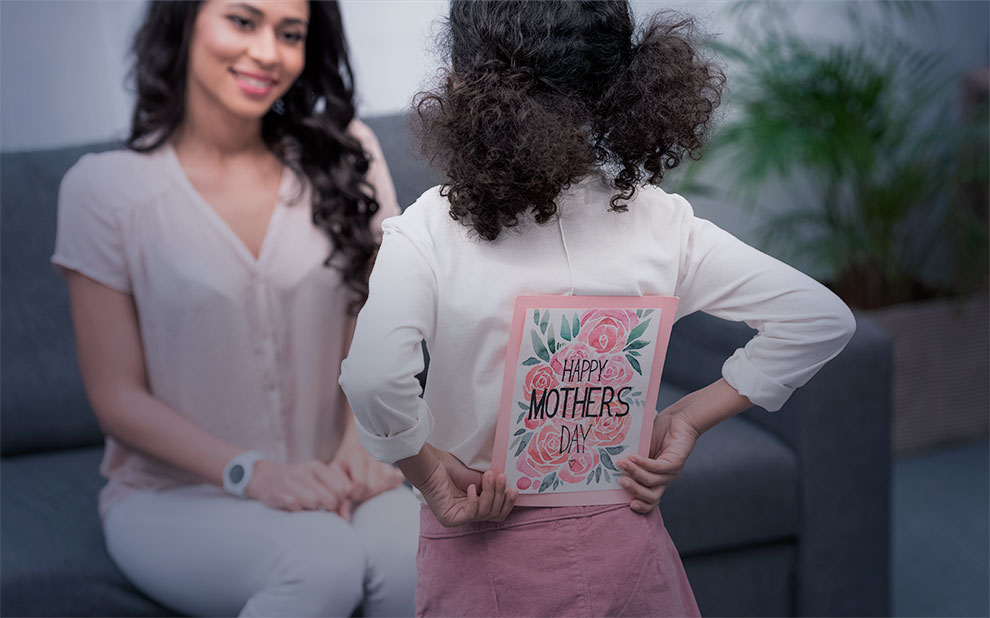Mother's Day: Consumers aim to spend less on gifts, notes FGV IBRE
Regarding the willingness spend on gifts for mothers, the indicator has shown an improvement since 2006, albeit insufficient to reach the historical average.

This year, the average price of gifts for Mother’s Day should be lower than in 2018. This is the result noted by the special Consumer Survey of Fundação Getulio Vargas’ Brazilian Institute of Economics (IBRE), with 1,737 Brazilians, conducted on April 2-20. The households interviewed in the four income brackets analyzed will be spending less. The national average dropped from R$ 67.10 last year to R$ 65.00 in 2019. The largest drop was recorded among households with a monthly income from R$ 4,800 to R$ R$ 9,600: from R$ 74.10 to R$ 71.10.
The study also identifies Brazilians’ impetus to spend on occasion and the top gifts on children’s lists. Regarding the willingness spend on gifts for mothers, the indicator has shown an improvement since 2006, albeit insufficient to reach the historical average. Even so, consumers are 2.2 points more willing to spend in 2019 (from 69.3 last year to 71.5 points this year).
According to Viviane Seda Bittencourt, coordinator of the FGV IBRE surveys, the positive results are still timid. “The survey shows that the recovery has been slow and that consumers have retreated to a more cautious stance. There has been an improvement in the buying momentum compared to last year due to the migration of reduction responses to maintenance (there was a decrease in the number of people declaring that they will spend less). The results are still considered low in historical terms, mainly with a reduction in the average amount spent,” the economist said.
More than half should opt for clothing items
Clothing is the leading preference of Mother’s Day gifts: of the total, 52.3% of respondents said they are going to buy clothes. Second comes Perfumery (10.5%), followed by Footwear (4.6%) and Household items (4.6%). Options remained broadly stable compared to last year.
Most highly demanded products and services in the period rose by an average of 3%
In turn, inflation for most widely consumed products and services on Mother's Day was on average 3% higher in 2019, but lower than the 5.19% inflation of the period (from May 2018 to April this year), according to the CPI/FGV. Services increased by 3.74% while inflation for the gifts was 1.92%.
Of the 27 items selected for the survey, only seven recorded an increase above inflation while five remained negative. Among the services, the items that drove inflation the most were Tours (10.41) and Cinemas (5.84). Conversely, Theatre reported a decrease (-11.42%).
Gift prices below inflation
Regarding gifts, in turn, the news are good. Women's clothing, a leader in preference, had an increase of only 1.97%. Costume jewelry in general had a slightly greater increase (4.03%), as well as Belts and Bags (6.15%). The item Perfume fell by 0.17%, while electronic products such as Sound Systems (-1.68%) and TV sets (-4.67%) also reported a decrease.
“As the economy is still recovering at a slow pace, trade has little room for price increases. Households continue to have a very tight budget and have no room to support a rise in prices,” said Igor Lino researcher at FGV IBRE, who is responsible for the survey.
Leia também
